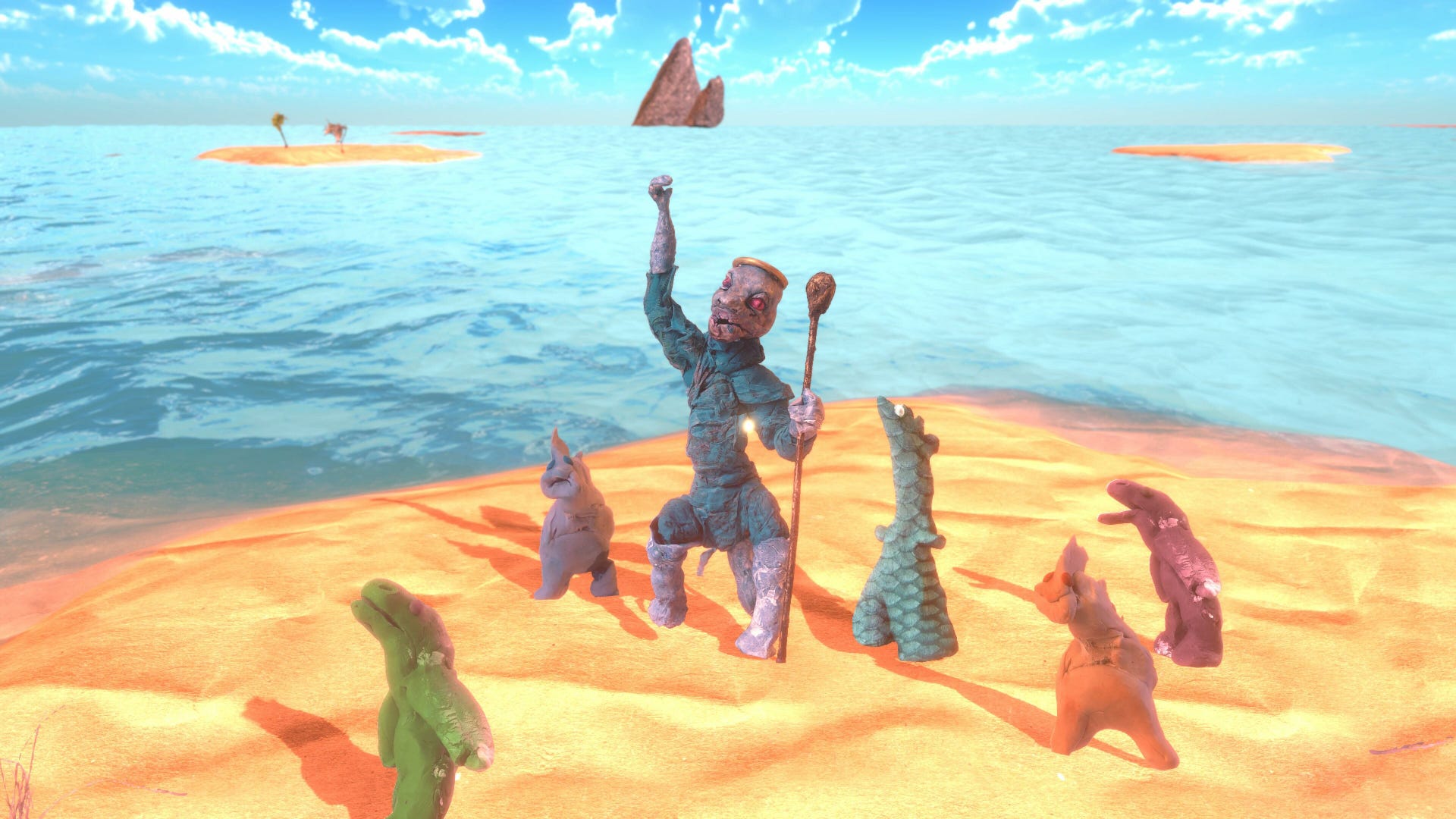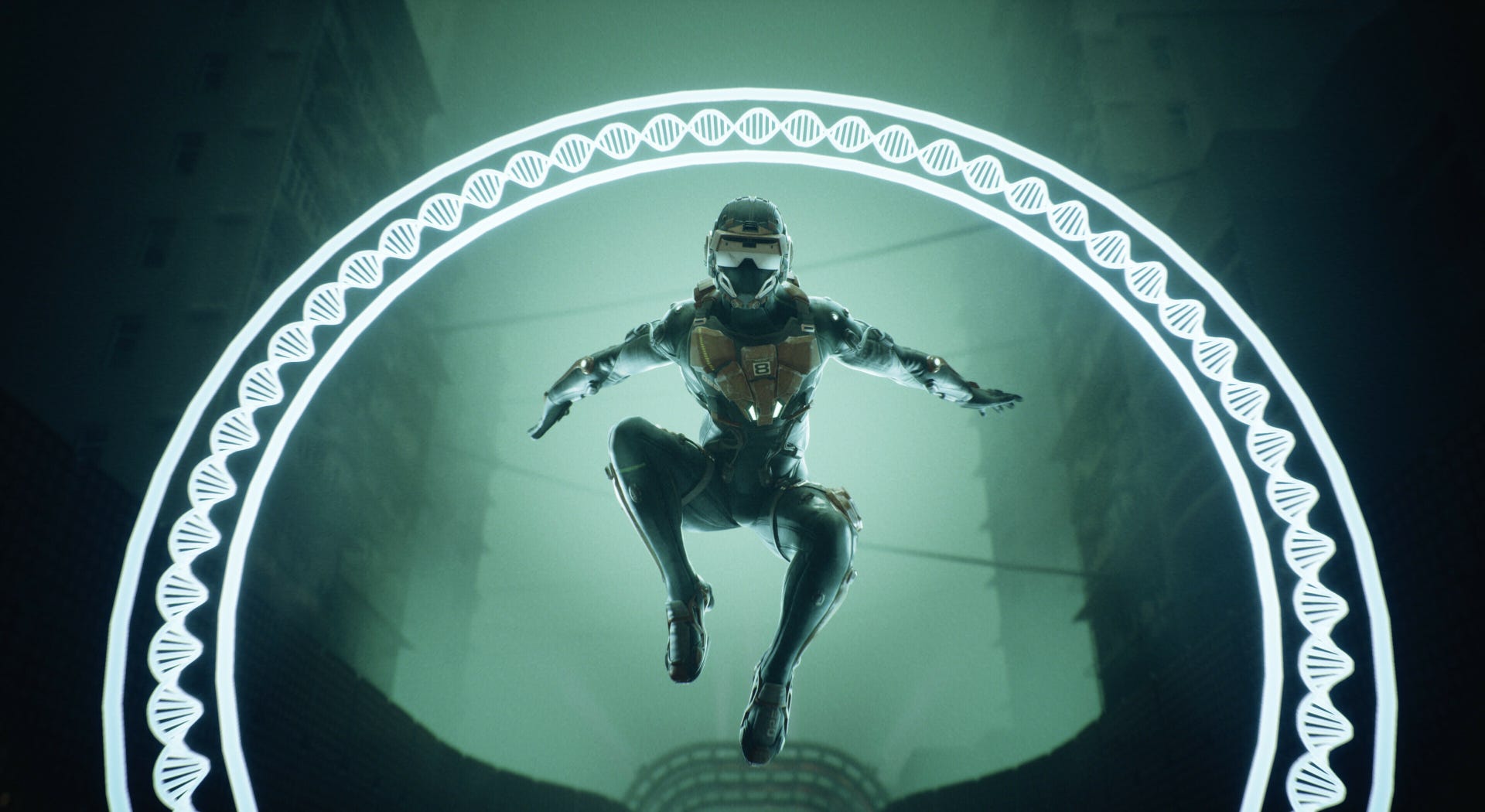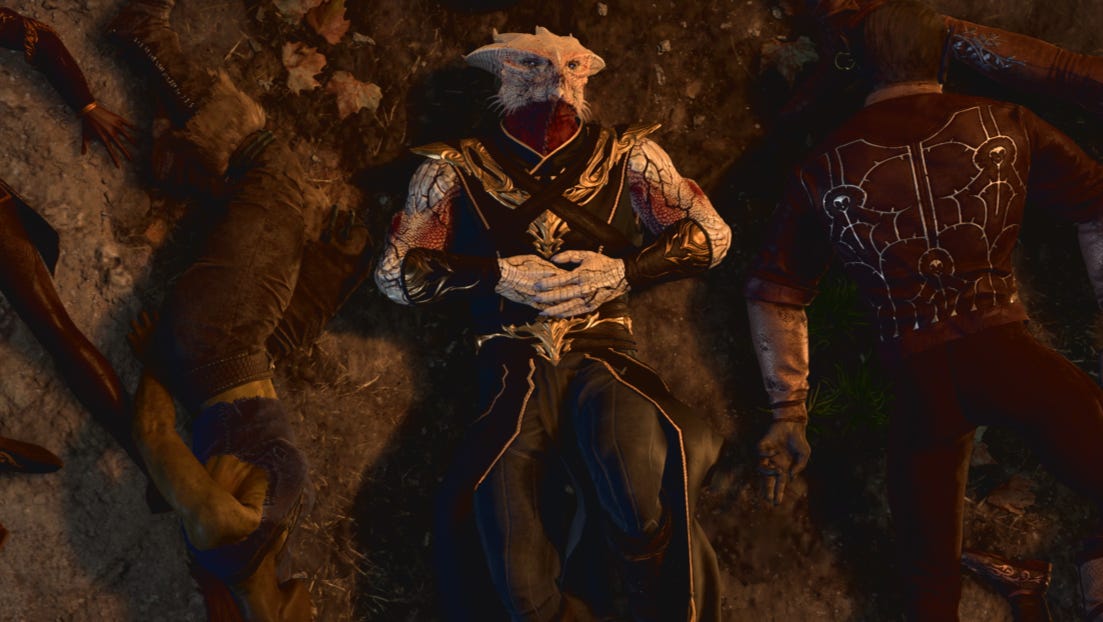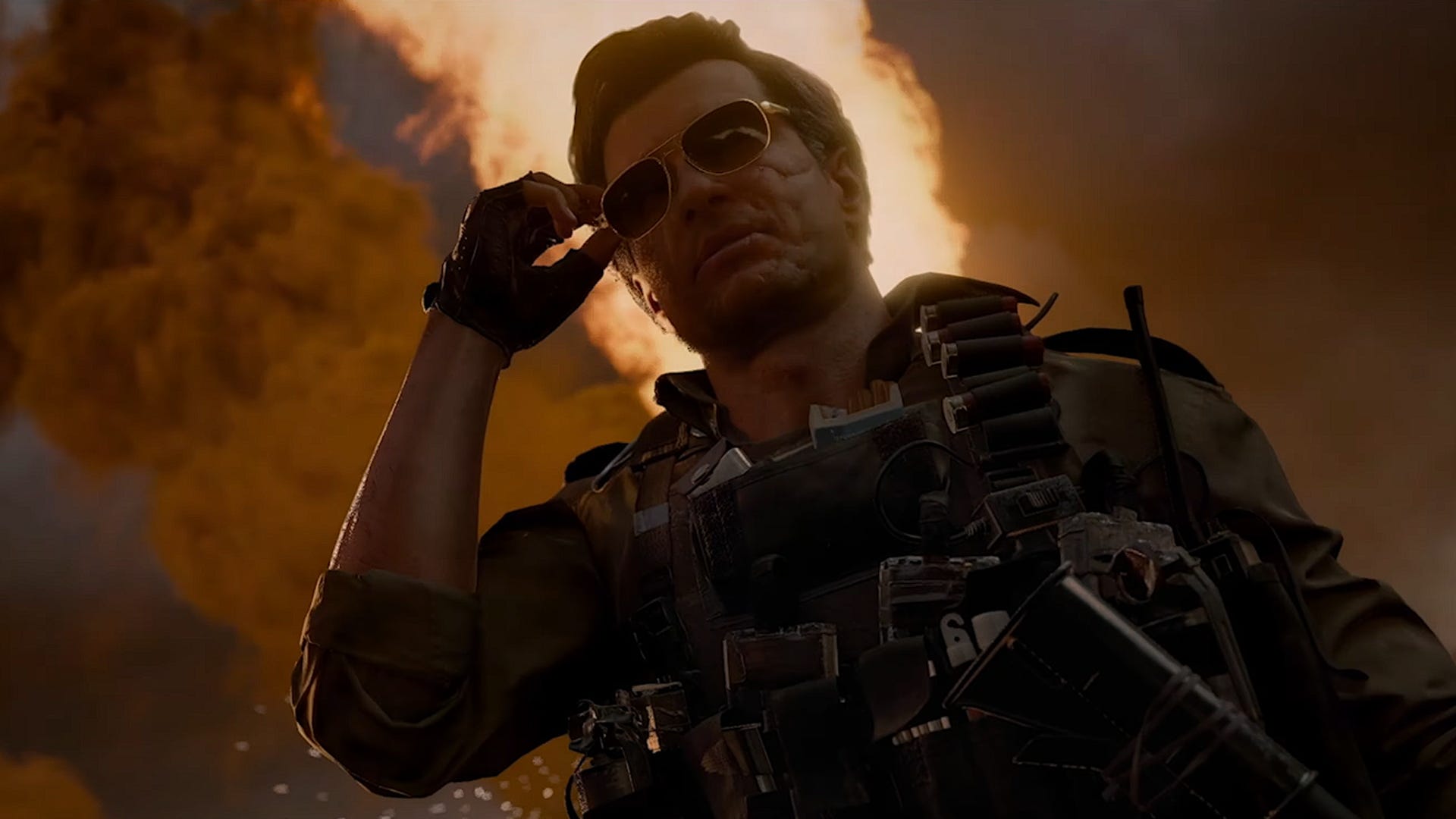Amid the cacophony caused by Call of Duty Next, one new Black Ops 6 feature flew under the radar — but it could end up as the most impactful of all.
Black Ops 6, out October 25, 2024, has a new Body Shield feature in multiplayer that lets you grab an enemy and hold them in front of you to soak up bullets, while firing off a few rounds of your own.
We’ve seen a body shield feature in plenty of shooters over the years, but what developer Treyarch has done here is enabled voice chat between the attacker and the victim.
We heard you and can confirm that the Body Shield feature in Multiplayer will enable voice chat between the attacker and victim.
Be nice… pic.twitter.com/KxyaDo7bAc
— Treyarch Studios (@Treyarch) August 28, 2024
“Be nice…” the studio tweeted, perhaps in hope more than expectation.
As you’d expect from the notoriously toxic Call of Duty community, reaction is a mix of disbelief and excitement. Disbelief in that some can’t believe Treyarch actually added voice chat to the feature knowing full well the toxicity it will probably enable, excitement in that some are delighted Treyarch actually added voice chat to the feature knowing full well the toxicity it will probably enable.
You will be able to use Proximity Chat against players you turn into a human shield in #BlackOps6
Imagine getting turned to a human shield and they start whispering in your ear. pic.twitter.com/p4LjGHWNEf
— Tridzo (@Tridzo) August 28, 2024
And already there are fears that what’s said during Body Shield might end up getting you banned, if Activision’s AI-powered voice chat moderation picks up something it deems in breach of its rules. “What could go wrong?” wondered redditor Evisra over on the Black Ops 6 subreddit. A lot, most fans seem to predict.
Call of Duty sort of has this feature already in Warzone. In that game, The battle royale spin-off enables voice chat for deaths, so players can hear their opponent scream into the mic when they’re killed. This Body Shield feature for Black Ops 6, however, feels altogether more intimate.
Anyone who’s played Call of Duty multiplayer recently will know that there tends not to be much voice chat going on. Most play with their mic off, or are in a party chat with their friends. With this feature, Black Ops 6 might change that.
Check out everything announced at Call of Duty Next to find out what else is coming from the world of Call of Duty, including information about the return of Verdansk to Warzone. We also reported on the world first Black Ops 6 nuke, which one player managed to get before the beta even launched.
Wesley is the UK News Editor for IGN. Find him on Twitter at @wyp100. You can reach Wesley at wesley_yinpoole@ign.com or confidentially at wyp100@proton.me.




